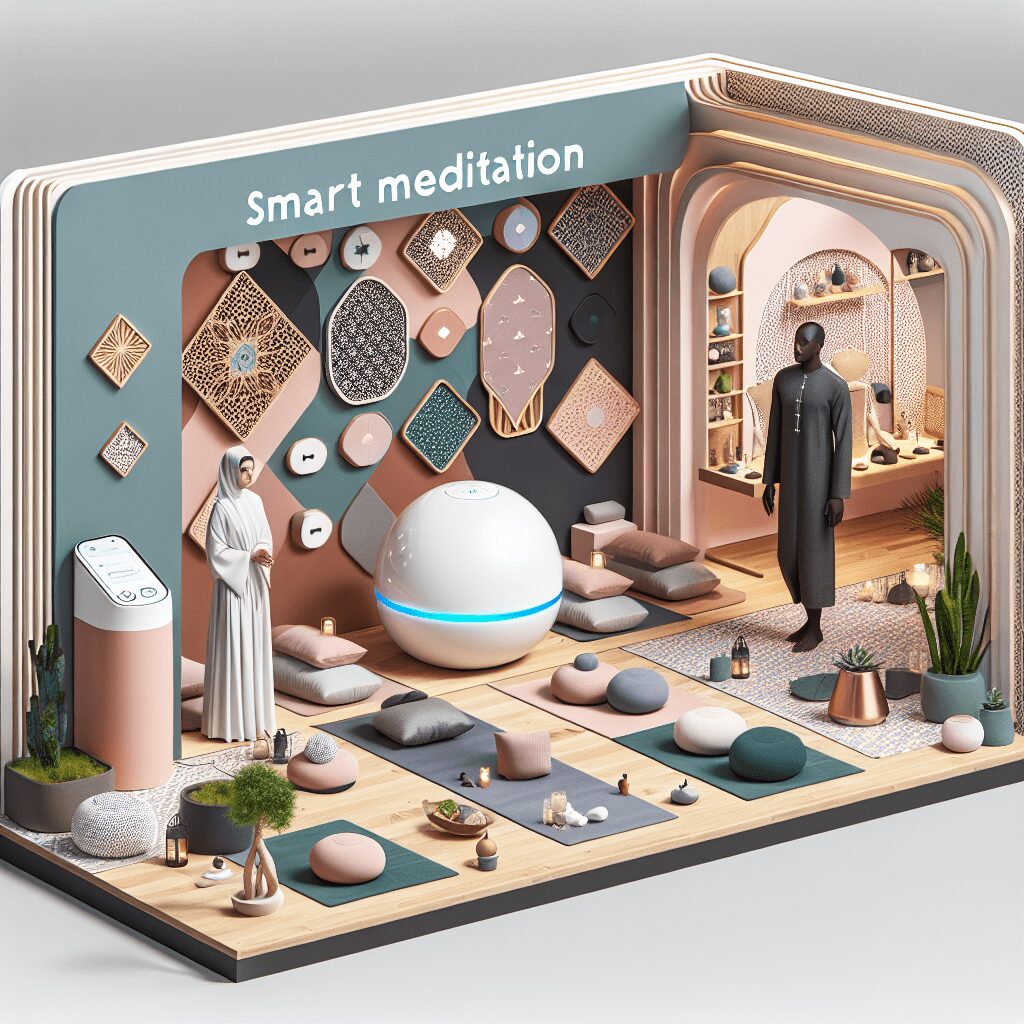
Prioritize your mental well-being daily. Enhance your life by nurturing your mental health with the Smart Meditation app. Break free from stress, alleviate anxiety, and enhance your sleep quality starting today.
How To Do Meditation By Buddha?
Unveiling the Ancient Art of Buddhist Meditation
In the whirlwind of the 21st-century lifestyle, where the hustle and bustle often drown out the whispers of the soul, many are turning their gazes back, way back, to ancient wisdom for solace. Specifically, Buddhist meditation has emerged as a beacon of peace and enlightenment. It’s not merely sitting cross-legged, eyes closed, diving into the void — it’s an art, a philosophy, and for many, a way of life. So, how does one embark on this tranquil journey as taught by the Buddha himself? Buckle up; we’re about to embark on a spellbinding sojourn.
Starting Off: The Basics
First off, let’s get something straight: Meditation isn’t about becoming a different person, gaining some superhuman powers, or even emptying your mind. At its core, it’s about training in awareness and getting a healthy sense of perspective. You’re not trying to turn off your thoughts or feelings; you’re learning to observe them without judgment. And eventually, you might start to understand them better.
Key Techniques and Paths
-
Mindfulness Meditation (Vipassanā): Arguably the most well-known, Vipassanā focuses on the breath and the sensations in the body. The practitioner observes their breath, the rise and fall, without trying to control it. Thoughts will come and go; the key is not to hitch a ride with them but to observe them pass by like clouds in the sky.
-
Loving-Kindness Meditation (Mettā): This one’s all about cultivating an attitude of love and kindness towards everything, even one’s enemies, and sources of stress. While it might sound a tad challenging at the outset, Mettā meditation is like flexing a muscle — the more you do it, the stronger and more natural it becomes.
-
Concentration Meditation (Samatha): Focusing on a single point. This could be following the breath, repeating a single word or mantra, staring at a candle flame, or listening to a repetitive gong. The practice may seem simple, but it’s anything but easy!
Stitching It Into Daily Life
Now, don’t go thinking you’ve got to chuck it all and retreat to a mountaintop. Here’s how you can incorporate Buddhist meditation into the everyday hustle:
-
Carve Out Time: Start with five minutes a day, and gradually increase the time. It’s like the saying, “you have to walk before you can run.” Start small, and build from there.
-
Designate a Space: Find a quiet spot where you won’t be interrupted. It could be a corner of your room with a cushion or a chair. Settle in, and make it your sanctuary.
-
Routine It: Try to meditate at the same time every day. Whether it’s morning or night, find a slot that works for you and stick to it like glue.
-
Kindness is Key: Be kind to yourself. Some days will be easier than others. If your mind wanders a gazillion times, no sweat. What matters is that you’re taking the time to practice.
-
Connect and Reflect: After each session, spend a few minutes reflecting on the practice and how it felt. What did you observe? How do you feel? This can deepen your meditation experience.
Final Whisper
Diving into Buddhist meditation is akin to embarking on an epic voyage across the inner cosmos. It’s not about reaching a destination but enjoying the journey itself. With patience, persistence, and a sprinkle of curiosity, you’ll start to notice shifts not just in your meditation practice, but in the fabric of your daily life. So, why wait? The path to inner peace, as laid out by the Buddha, is just a breath away. Embrace it; your future self will thank you.





